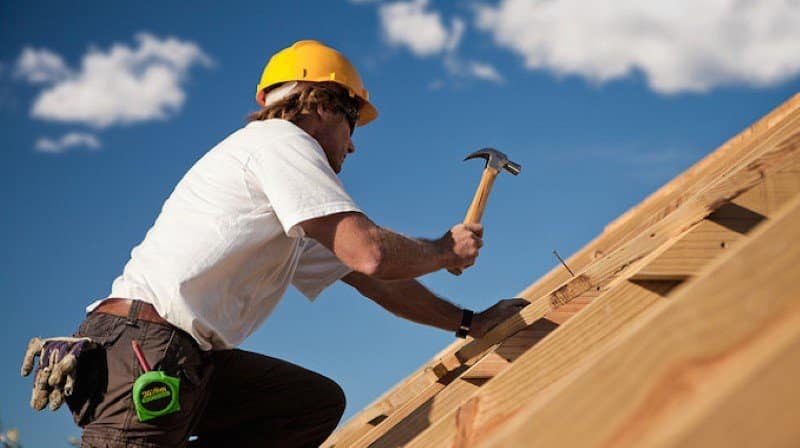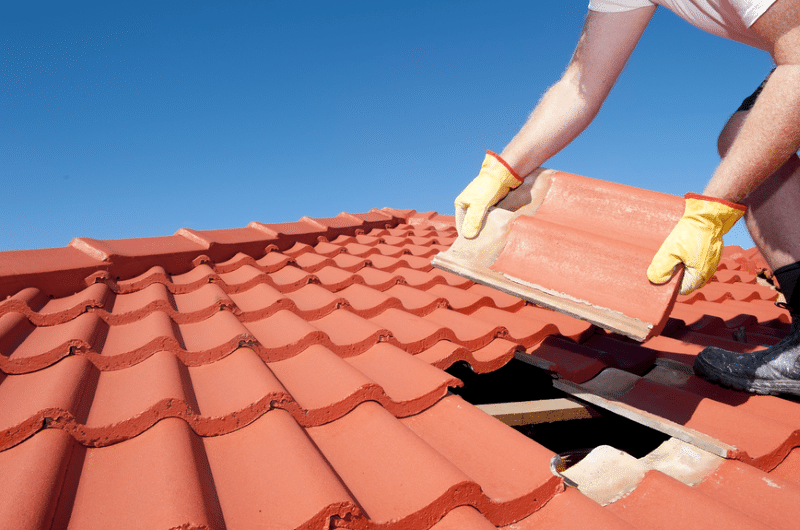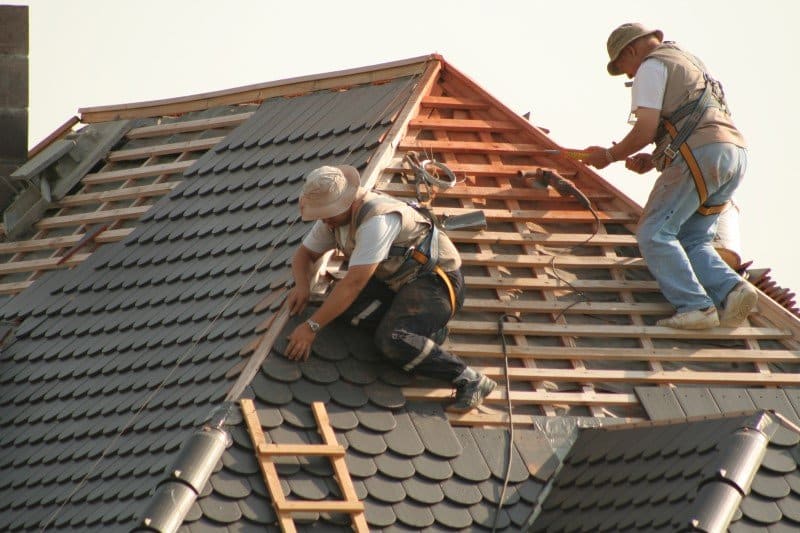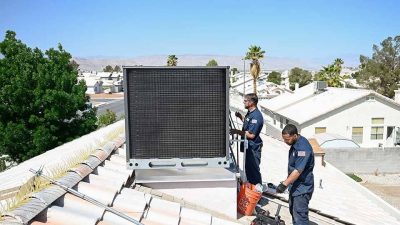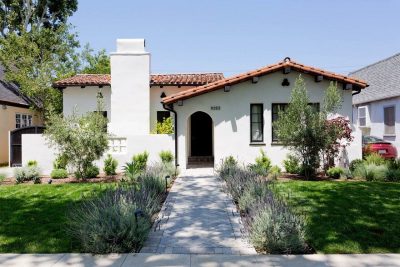A roof has the power to make or break the architectural masterpiece that is a home. It can change the entire look of a building. It is also one of the most important investments many homeowners will make as the roof secures the rest of their investment from the elements. Here are some roof facts that will help any homeowner learn how to do just that.
There are several parts to a roof that work together to provide a weatherproof covering. The rafters, or the roof’s basic structure, are covered in plywood sheathing in order to provide bracing for the rafters. A felt underlayment is laid over the sheathing to create a barrier between the sheathing and the tile or shingles. This layer provides an extra block to create even more weatherproofing. Flashing and guttering help keep water from infiltrating the roof. Soffit and fascia help close up spaces and can provide an aesthetic appeal.
When choosing a new roofing material, it’s important that elements of both design and value are considered carefully. Slate tile is the most expensive option in roof coverings at $600-$1,200 per 100 square feet, it is also the most long-lived, lasting between 40 and 175 years, and arguably the most beautiful. Concrete and clay tile have an expected lifespan of 20 to 25 years and range in price from $150-$600 per 100 square feet. These options are both very aesthetically pleasing. Metal roofing boasts a 20 to 25 year lifespan and ranges from $100-$300 per 100 square feet. It is a very low maintenance option Wood shake shingles require more upkeep that any other option, though they are a very attractive roofing material, and cost $100-$250 with a 15 to 20 year lifespan. Architectural shingles mimic the look of other more expensive products with a $60-$80 per 100 square feet price range. The downside is that they don’t last as long, likely needing replaced within 12 to 17 years. Asphalt shingles are the cheapest and shortest lived roofing material on the market, costing only $50 per 100 square feet but enduring for only 7 to 15 years.
One of the most effective ways to maintain your roof is to ensure there is plenty of airflow in the attic. This prevents excess moisture build up in the roofing materials and prevents them from rotting. Choose a roofing material that fits the architectural style of your home and your budget, but remember to think of the roof as a long-term investment. Be sure to check your roof after significant storms as rain, wind, snow, ice, tree limbs, algae, moss, sun, and condensation can hurt your roof.
Below, Severe Weather Roofing in Denver, CO recently created a fun infographic to help you get a better understanding of your roof.

